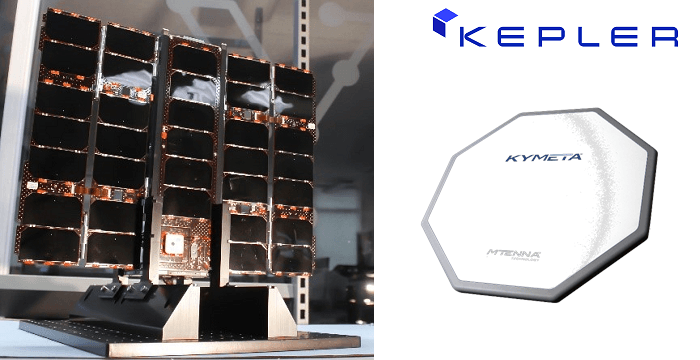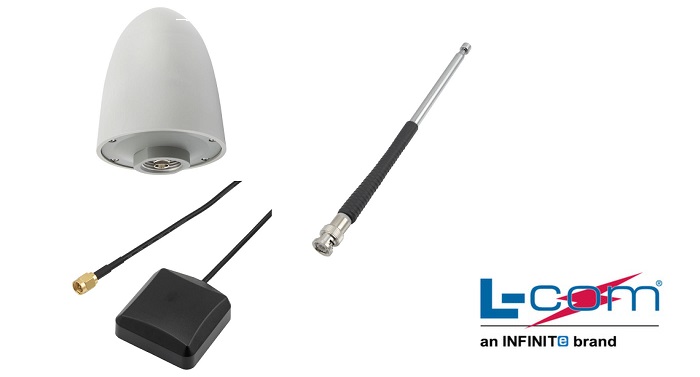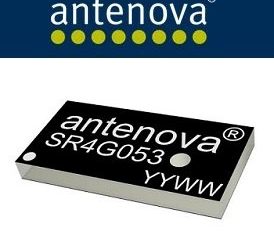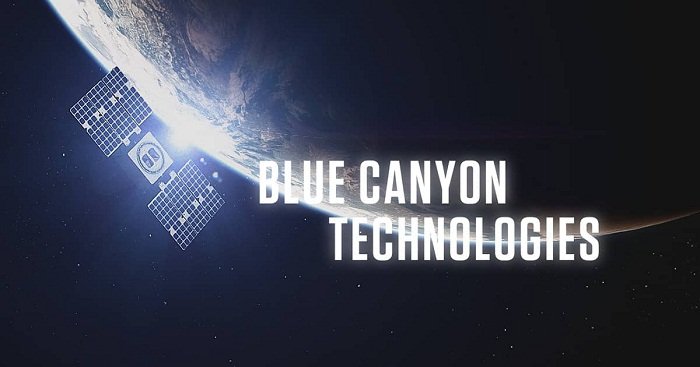Kepler Demonstrates LEO Satellites Compatibility with Kymeta’s Electronically Steered Antenna
Leading nano-sat telecommunications pioneer, Kepler Communications, has demonstrated the compatibility between its LEO satellites with Kymeta’s commercially available, flat-panel satellite antenna. The demonstration also marks the first time a Kymeta antenna has been integrated with an operational LEO satellite system.
Kepler was able to successfully track and exchange data with Kymeta’s u7 electronically steered antenna (ESA) and Kepler’s two technology demonstration satellites, achieving data transfer speeds of 15 Mbps down and 5 Mbps up, in repeated trials. According to Wen Cheng Chong, Chief Technology Officer at Kepler, for customers it is important to gain access to a wide range of user hardware to respond to challenging operational and system specifications. There can now be various future applications that can be enabled by Kymeta’s u7 antenna and Kepler’s high-capacity, low-cost LEO platform.
Kepler’s Global Data Service (GDS), currently enabled by Kepler’s first two satellites in orbit, is a high-capacity data communication service. Covering every part of the globe, from pole to pole, GDS allows the movement of Gigabytes of data to and from the user’s location at economic rates. The store-and-forward nature of the solution makes it suitable for delay-tolerable data such as large multimedia files, high resolution videos and imagery, and other bandwidth intensive data within the maritime, oil & gas, tourism, and scientific communities.











